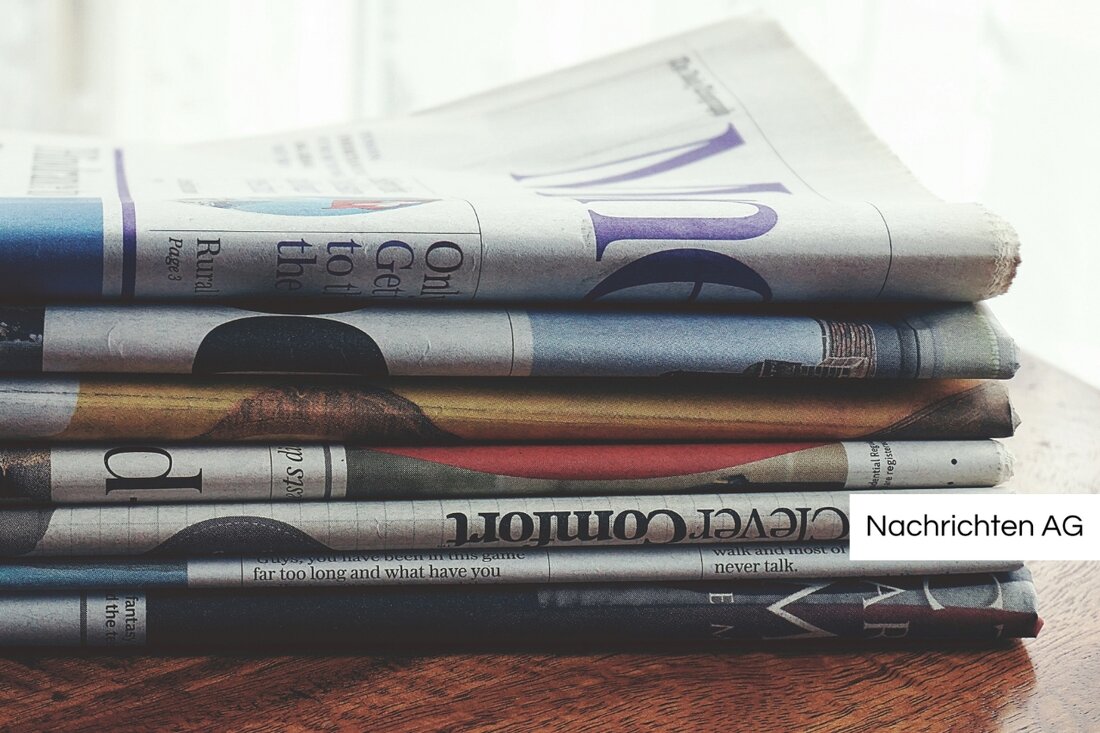Art dispute with Hohenzollern: breakthrough for Germany's culture!

Art dispute with Hohenzollern: breakthrough for Germany's culture!
Minister of Culture Wolfram Weimer has announced a significant breakthrough in the years of negotiations on the returns of art objects between the federal government, Berlin, Brandenburg and the Hohenzollern heirs. The dispute, which has been going on since 2014, affects thousands of works of art in the Hohenzollern house. The agreement was described as a success for the cultural location of Germany and ensures legal peace in relation to these valuable objects.
The basic agreement stipulates that the art objects in the collections of the Prussian Palaces and Gardens Berlin-Brandenburg, the Prussian Cultural Ownership Foundation and the German Historical Museum remain. This means that visitors have the opportunity to continue to see the works of art in public collections. Weimer emphasized that this regulation was of great interest to the public.
agreement of the negotiating parties
Georg Friedrich Prinz von Prussia, the great -grandson of the last German emperor Wilhelm II. The agreement includes an extensive extrajudicial solution that was negotiated behind the scenes. It includes the foundation of a joint "Hohenzollernscherch Foundation". A draft for a framework contract is already available and was signed by the parties involved such as the federal government, the states of Brandenburg and Berlin, the Prussian Cultural Ownership Foundation and the German Historical Museum.
Affairs affected by the agreement are around 27,000 objects, including the so-called 19-person list, which contains works of art of outstanding importance. These include the painting "embarkation to Kythera" by Antoine Watteau. The inventory, which is now part of the agreement, comes from around 70 locks and properties and also includes a house library with 18,000 objects that contains the book stocks of the Prussian kings since Frederick.
historical context and challenges
The highly emotional negotiations are not without history. The monarchy in Germany ended in 1918 with the abdication of the emperor, and the assets of the Hohenzollern was confiscated. However, a asset regulation from 1926 between the state of Prussia and the Hohenzollern left legal uncertainty as far as the local claims for returning art treasures.
With the agreement now found, all pending applications from the Hohenzollern house are withdrawn according to the Wealth Act. Prince of Prussia had already withdrawn his lawsuit in Brandenburg, which can finally end the legal disputes between the Hohenzollern and the media family and scientists.
The agreement not only represents a legal progress, but also gives an insight into the sensitive handling of provisional research and return questions in the cultural area, as finally the returns from colonial contexts in other parts of the world, which have recently become more important. For example, the Prussian Culture Foundation shows how responsibly deals with objects from various historical contexts in order to clarify both legal and ethical questions.
This agreement could act as a model for future discussions about art ownership and returns and cause the stage for further necessary steps in the area of cultural repatriation in the entire European context. This takes an important step in dealing with the history, which includes both legal and social dimensions.
For more information on this significant agreement, visit the articles from bnn.de , n-tv.de and Preussischer-kulturbesitz.de .
| Details | |
|---|---|
| Ort | Berlin, Deutschland |
| Quellen | |
